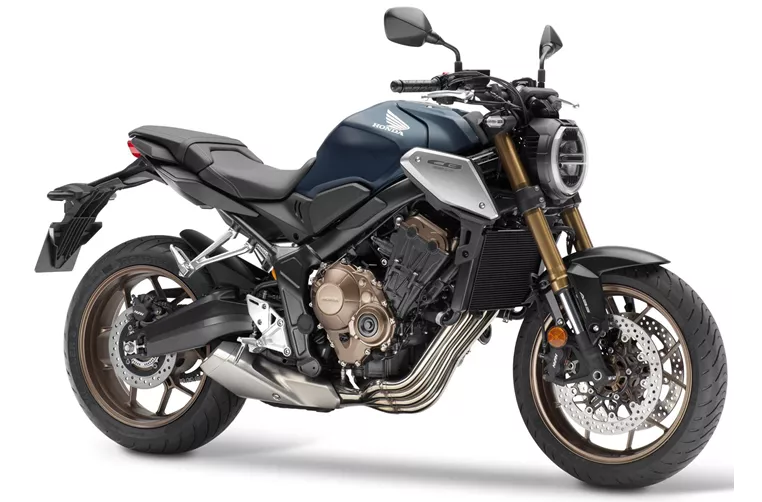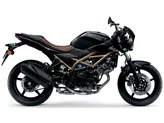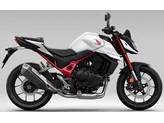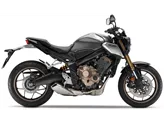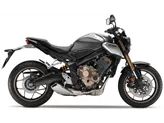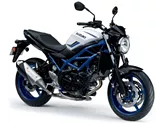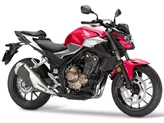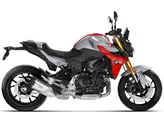Suzuki SV 650 2016 vs. Honda CB650R 2019

Suzuki SV 650 2016
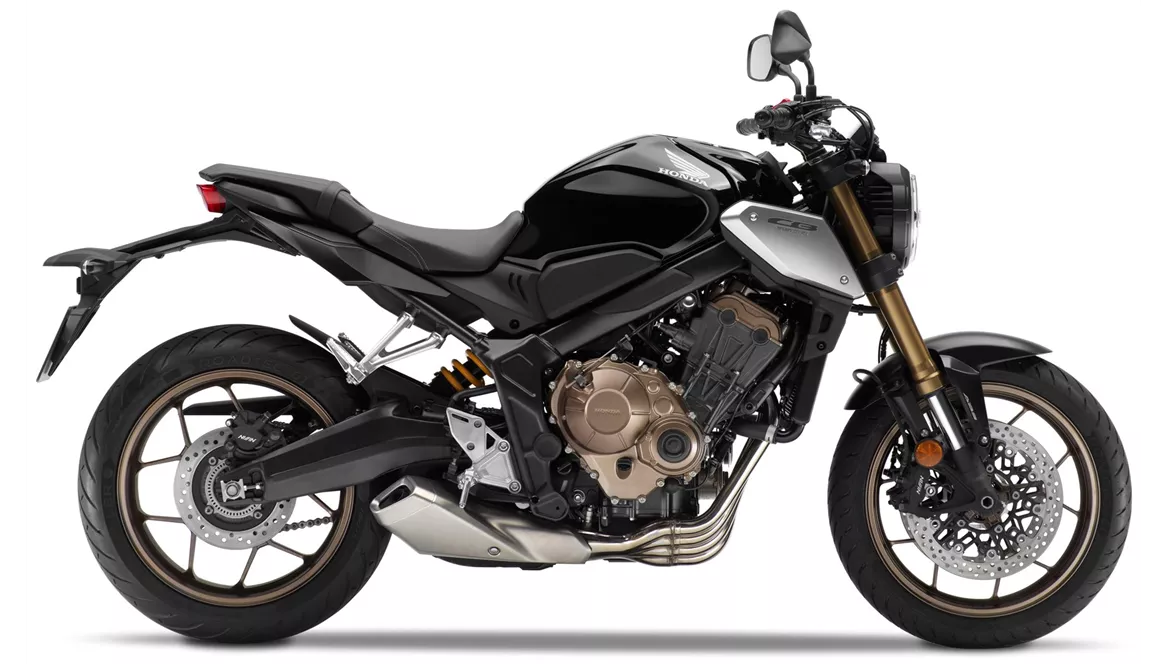
Honda CB650R 2019
Vue d’ensemble - Suzuki SV 650 2016 vs Honda CB650R 2019
The Suzuki SV 650 2016 and the Honda CB650R 2019 are both naked bikes that offer a thrilling riding experience. However, there are several key differences between the two models.
In terms of engine performance, the Honda CB650R 2019 has a more powerful engine with 95 HP compared to the Suzuki SV 650 2016's 76 HP. Both bikes have the same torque of 64 Nm, which provides good acceleration and responsiveness. The Suzuki SV 650 2016 has a V2 engine, giving it a unique and appealing sound, while the Honda CB650R 2019 has an in-line four-cylinder engine that is known for its smooth power delivery.
Both bikes have fuel injection systems and liquid cooling, ensuring efficient and reliable performance. The Suzuki SV 650 2016 has a displacement of 645 ccm, while the Honda CB650R 2019 has a slightly larger displacement of 649 ccm.

Suzuki SV 650 2016
In terms of suspension, both bikes have a swing arm rear suspension with a monoshock absorber. However, the Honda CB650R 2019 has an upside-down telescopic fork front suspension, which provides better stability and control compared to the Suzuki SV 650 2016's telescopic fork front suspension. The Honda CB650R 2019 also has an aluminum swing arm, which reduces weight and improves handling.
Both bikes have double disk front brakes with a diameter of 290 mm for the Suzuki SV 650 2016 and 320 mm for the Honda CB650R 2019. Both bikes also have double piston front brake calipers, ensuring strong and reliable braking performance. Additionally, both bikes are equipped with ABS, providing an added level of safety.
In terms of dimensions and weights, both bikes have a front tire width of 120 mm and a front tire diameter of 17 inches. However, the Honda CB650R 2019 has a wider rear tire with a width of 180 mm compared to the Suzuki SV 650 2016's 160 mm rear tire. Both bikes have a wheelbase of around 1450 mm, providing stability and maneuverability. The Honda CB650R 2019 has a slightly higher seat height of 810 mm compared to the Suzuki SV 650 2016's 785 mm seat height. The Honda CB650R 2019 also has a larger fuel tank capacity of 15.4 liters compared to the Suzuki SV 650 2016's 13.8 liters.
In terms of strengths, the Suzuki SV 650 2016 is praised for its agile and powerful engine, delivering a thrilling ride. It also has a comfortable seating position and easy handling, making it a great choice for riders of all levels. The chassis is also comfortable and the brakes offer good control.

Honda CB650R 2019
On the other hand, the Honda CB650R 2019 is known for its rev-happy engine and sporty seating position. The wide handlebars provide excellent maneuverability, and the bike is comfortable for everyday use. The display is also aesthetically pleasing and easy to read.
In terms of weaknesses, the Suzuki SV 650 2016 has a poorly readable digital tachometer, which can be inconvenient for some riders. The Honda CB650R 2019, on the other hand, has a weakness in the chassis, which some riders may see as a disadvantage. Additionally, the Honda CB650R 2019 may not have as much power from a hairpin as its two-cylinder competition.
Overall, both the Suzuki SV 650 2016 and the Honda CB650R 2019 are excellent naked bikes with their own unique strengths and weaknesses. Riders should consider their individual preferences and riding style when choosing between the two models.
Caractéristiques techniques Suzuki SV 650 2016 par rapport à Honda CB650R 2019
Avantages et inconvénients en comparaison
Avantages et inconvénients en comparaison
Suzuki SV 650 2016

La nouvelle SV650 s'inscrit dans la lignée du minimalisme visuel des deux premières générations de SV650, tout en se basant techniquement sur son prédécesseur direct, la SFV650 Gladius - deux excellents coups qui font de la très moderne SV650 un classique. Le design s'inscrit parfaitement dans l'époque des nombreuses transformations rétro, mais à l'intérieur sommeillent aussi des gadgets modernes qui facilitent l'apprentissage, surtout pour les débutants. Le moteur, quant à lui, peut également convaincre les pilotes confirmés, le vrombissement typique du V2 est magnifique. En ce qui concerne le châssis et les freins, il ne faut pas s'attendre à une sportivité extrême, mais le prix de près de 6400 euros (en Allemagne) est une annonce qui fera sans doute avaler la poussière à la concurrence.
Honda CB650R 2019
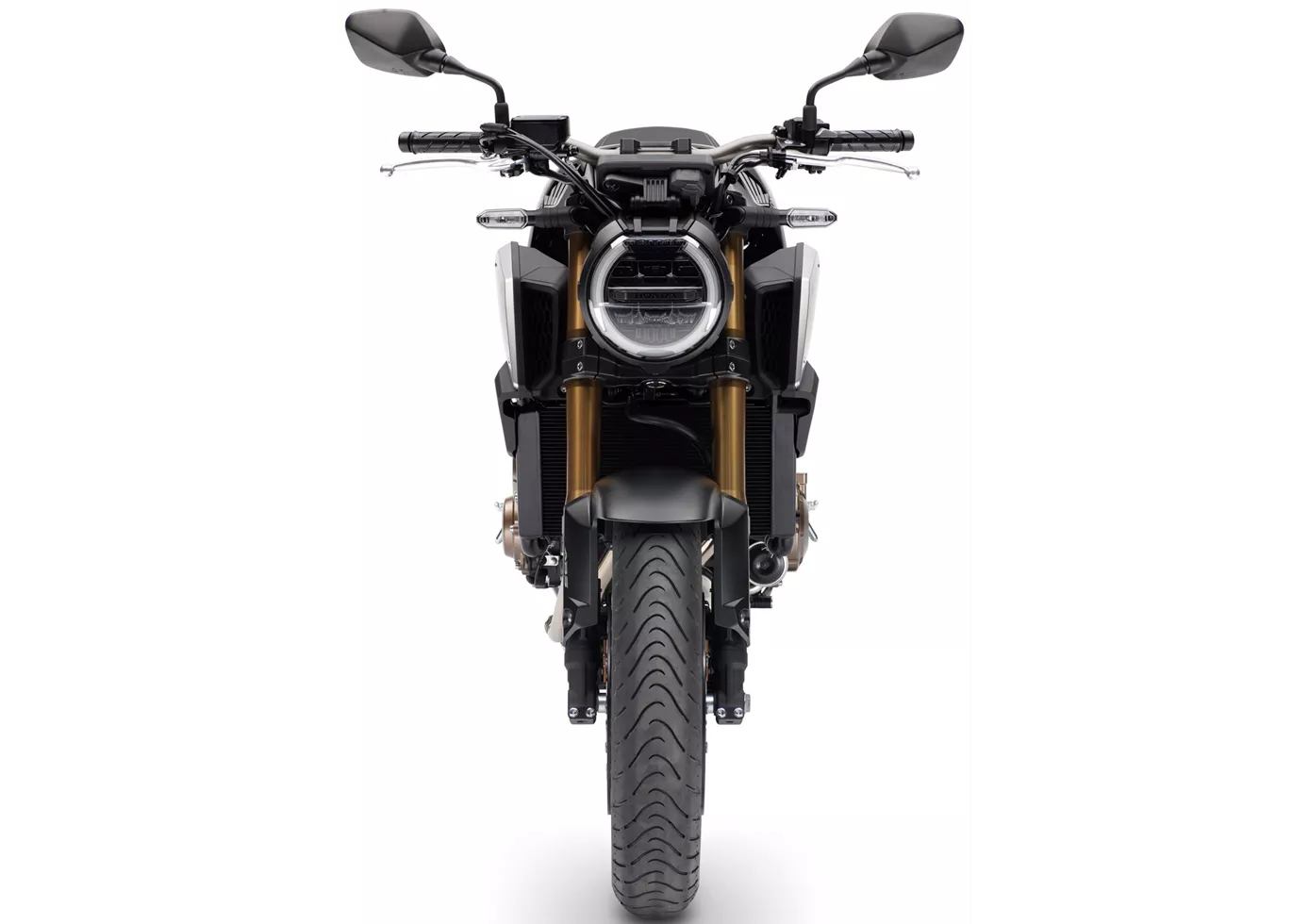
La CB650R de Honda prouve avec brio que même les naked bikes à quatre cylindres de faible cylindrée sont une véritable source de plaisir sur les routes de campagne. Le réglage du moteur donne suffisamment de poussée dans les virages en épingle et récompense, après une courte attente, par de magnifiques hurlements de quatre cylindres. Les composants du châssis tentent clairement de faire le grand écart entre la vie quotidienne et la sportivité, ce qui explique qu'en cas d'approche rapide dans les épingles, on trouve rapidement de l'agitation dans le véhicule. Mais d'une certaine manière, cette imperfection donne beaucoup de caractère à la Honda et donne au pilote le sentiment de devoir s'intégrer activement dans l'action. Une vraie recommandation pour les coureurs sur routes de campagne qui font quotidiennement la navette entre leur domicile et leur lieu de travail !
Comparaison des prix Prix moyen du marché Suzuki SV 650 vs Honda CB650R
There are a few key differences between a Suzuki SV 650 2016 and a Honda CB650R 2019. In terms of price, the actual average price of a Honda CB650R 2019 is about 22% higher. A Suzuki SV 650 2016 experiences a loss of 140 USD in one year of ownership. This is offset by a loss of 410 USD for a Honda CB650R 2019. Compared to Honda CB650R 2019 there are more Suzuki SV 650 2016 bikes available on the 1000PS.de Marketplace, specifically 11 compared to 7. It takes less time to sell a Honda CB650R with 61 days compared to 80 days for the Suzuki SV 650. Since model year 2005 1000PS.de editors have written 25 reviews for the Suzuki SV 650 and 23 reviews for the Honda CB650R since model year 2019. The first review for the Suzuki SV 650 was published on 9/26/2008 and now has more than 14,200 views. This compares to more than 53,700 views for the first review on Honda CB650R published on 10/8/2018.

